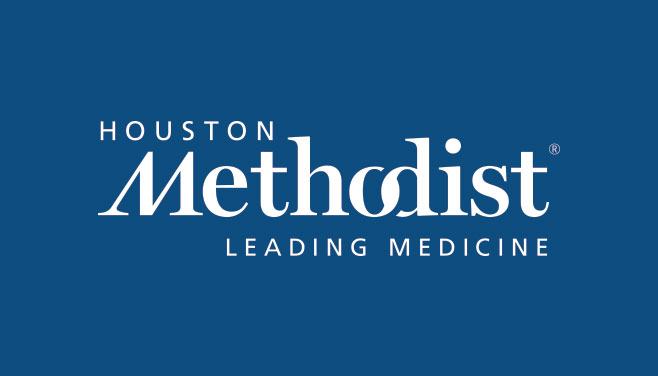This invention is an implantable, biomimetic scaffold which mimics the native structure of the human periosteum and is independently capable of regenerating bone tissue. This periosteum-like scaffold is composed of three layers comprising 1) a non-porous compact collagen layer, or a fibroblastic zone; 2) a collagen/elastin layer, which permits vascularization and recapitulates the elastic features of periosteum; and 3) a biomineralized collagen layer, which preferably exploits the presence of hydroxyapatite to induce bone formation. In total, these properties promote the formation and growth of human bone tissue and may be applied to a variety of bone repair applications, including but not limited to spinal fusion and skull fracture repair.
Stage of Development
In vitro data: The fabrication and functionalization of the trizonal scaffold have been optimized under cGMP conditions.
In vivo data: Preliminary data from rabbit spinal fusion models and sheep skull defect models indicates that this periosteum-like membrane is capable of forming abundant bone without signs of ectopic bone growth.
Competitive Landscape
Autografts, allografts, and demineralized allografts are the most common graft materials used in orthopedic surgery today. Despite the efficacy of these materials, they are often limited in their use due to donor site pain, limited supply, or allogenic responses. As such, administration of exogenous growth factors provoking the differentiation of progenitor cells to enhance bone regeneration has been used as an alternative approach. Since its FDA approval in 2002, the use of recombinant human bone morphogenetic protein-2 adsorbed on a collagen sponge (INFUSE™) has been used as a bone graft substitute for an array of applications. However, severe side-effects were linked to the superphysiological dosing of the growth factor, and its use in clinical practice remains highly controversial. Stem cell–mediated bone repair has also been tested in various clinical settings of bone reconstruction, but the higher level of complexity, less than ideal outcomes, and cost associated with cell-based bone regeneration therapies have limited its widespread use in orthopedic surgery. The periosteum-like scaffold addresses these limitations by utilizing a biomimetic material to promote normal bone reformation and growth.
Competitive Advantages
• No donor/graft required or delivery of exogenous compounds
• Increased site-specific bone regeneration
• No signs of toxicity or injurious effects
• Standardized cGMP manufacturing protocol
• Produced with off-the-shelf materials and green technology
• Storable at room temperature

